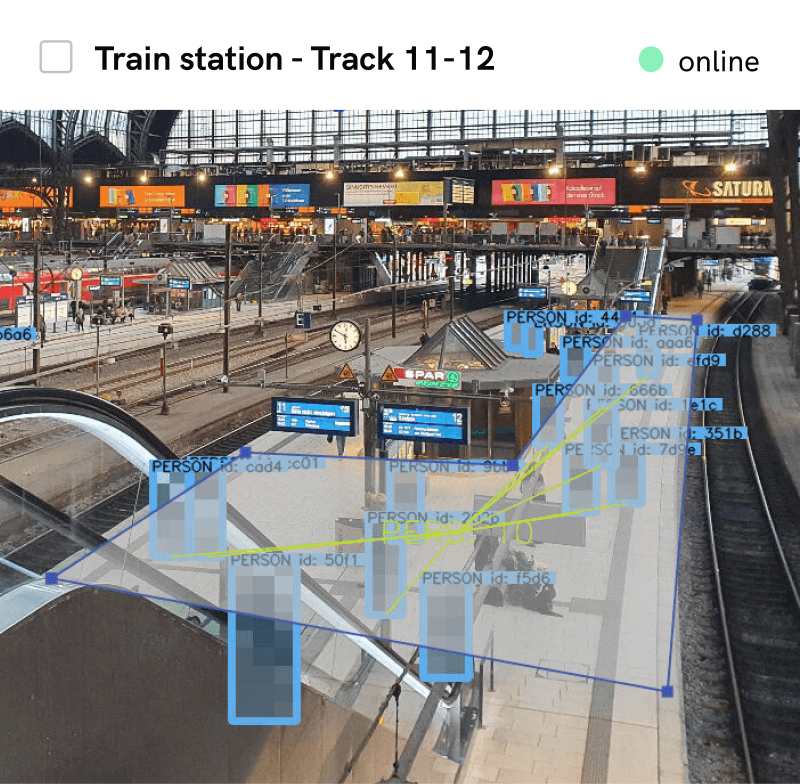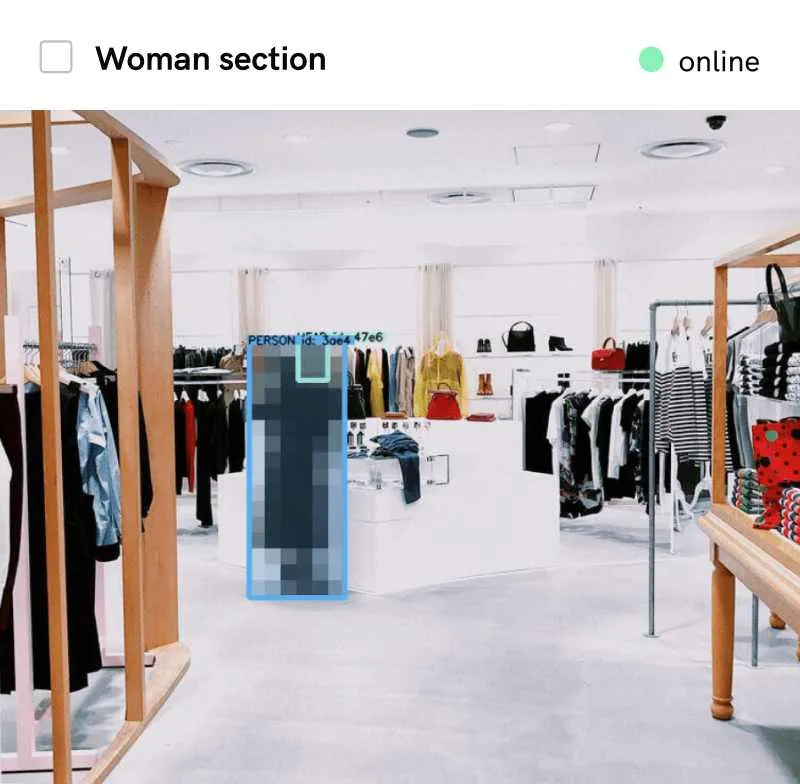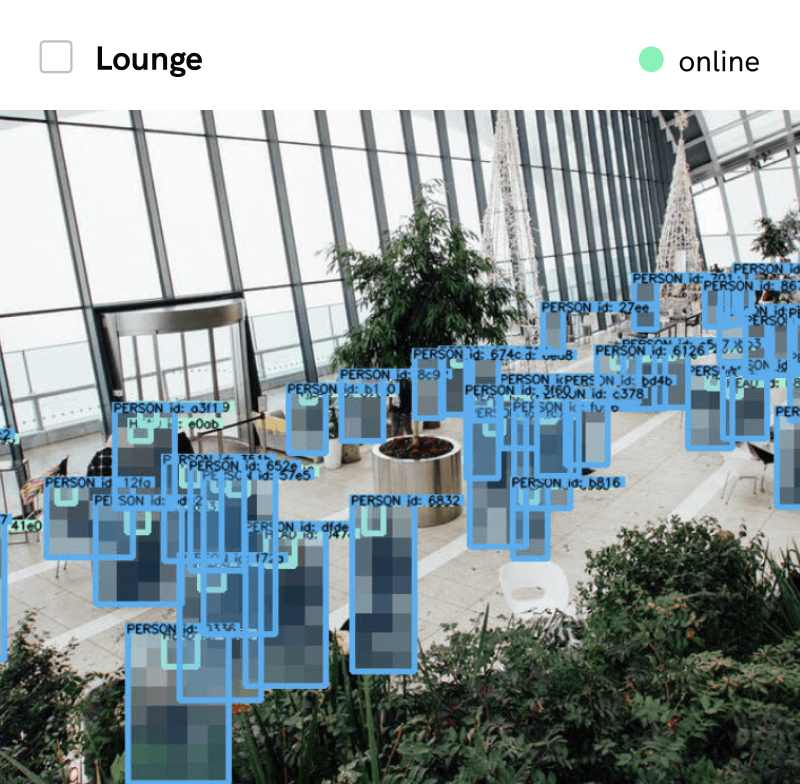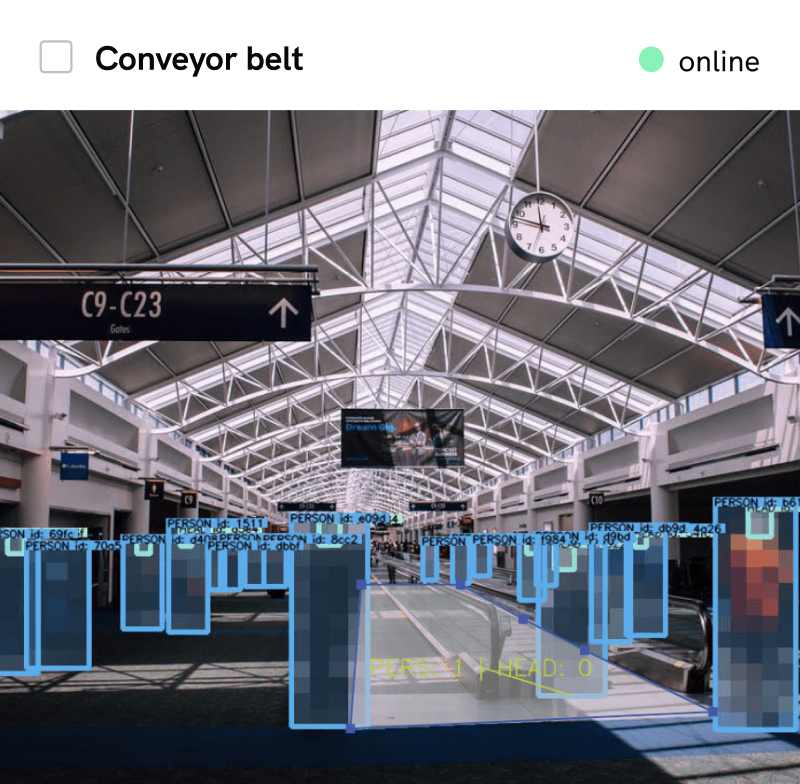How Video Surveillance is Shaping Transparent and Fair Elections
Technology, particularly video surveillance, plays a vital role in safeguarding elections. By monitoring polling stations, overseeing the counting process, and protecting high-risk areas, video surveillance enhances transparency and integrity, enabling officials to detect and address irregularities swiftly. In this article, we will explore the critical role of video surveillance in election security, examining how it can contribute to a transparent, reliable electoral process where the will of the people is fully represented.
Published
November 15, 2024
.avif)
Fair and secure elections are the cornerstone of any democracy, allowing citizens to voice their preferences and choose their leaders with confidence. Ensuring that elections are free from fraud, manipulation, and violence is crucial to upholding public trust and democratic legitimacy. In recent elections, like those in the United States, the world watched closely, awaiting the outcome. Thankfully, no significant incidents disrupted the results, yet this vigilance underscores the importance of taking proactive measures to secure the election process.
Technology, particularly video surveillance, plays a vital role in safeguarding elections. By monitoring polling stations, overseeing the counting process, and protecting high-risk areas, video surveillance enhances transparency and integrity, enabling officials to detect and address irregularities swiftly. This not only reinforces accountability but also bolsters voter confidence in the accuracy of election results. In this article, we will explore the critical role of video surveillance in election security, examining how it can contribute to a transparent, reliable electoral process where the will of the people is fully represented.
.avif)
The Role of Video Surveillance in Elections
We have talked about election security and the importance of protecting votes. Here we will talk about how video surveillance technologies play a role in this process.
Monitoring Polling Stations
Strategically placed cameras at polling stations help monitor voter activity, deterring frauds like multiple voting or unauthorized access to voting areas. By creating a visible layer of accountability, surveillance fosters a sense of order and discourages any actions that might compromise the fairness of the election process. This also reassures voters and polling staff that security measures are in place to protect the integrity of the election.
.avif)
Counting Process Transparency
Video analytics can play a pivotal role in enhancing transparency during the vote-counting process. By recording and even live-streaming counting activities, these systems provide a clear and auditable record of elections. This added transparency reassures the public that votes are counted accurately and fairly, helping to avoid misunderstandings and mistrust that could undermine confidence in the results.
Security at High-Risk Areas
Certain polling locations may be at higher risk of disturbances due to factors like political tensions or anticipated large crowds. Deploying video surveillance in these areas enables election officials to monitor for potential threats, manage crowd control, and maintain peace. By actively securing these high-risk sites, video surveillance not only protects voters and staff but also ensures a smooth and uninterrupted voting experience for all.
Benefits of Video Surveillance in Elections
- Deterrence of Fraud Activities: The mere presence of surveillance cameras at polling stations and counting centers serves as a powerful deterrent against tampering, ballot stuffing, and other forms of misconduct. Knowing that their actions are recorded, individuals are less likely to engage in fraudulent behavior, helping to maintain the election’s fairness.
- Transparency and Trust: Video surveillance promotes transparency, which is essential for building public trust in the electoral process. By visibly demonstrating that actions are monitored, it reassures voters that officials are taking active steps to ensure accountability and fairness. This visibility strengthens voter confidence that the election results accurately represent the collective will.
- Real-Time Incident Response: Surveillance systems with real-time monitoring allow election officials to detect and address suspicious or unlawful behavior immediately. Quick responses to incidents—such as disturbances or unauthorized access—help to prevent escalation and ensure that any issues are resolved swiftly, further securing the election environment for voters and staff alike.
Use of AI-Powered Video Analytics
1. People Counting and Flow Monitoring
AI-based video analytics enable election officials to monitor voter turnout in real-time by counting individuals as they enter and exit polling stations. This technology not only provides an accurate record of voter volume but also offers essential insights into crowd sizes and flow patterns, which can inform real-time decision-making to maintain order and efficiency. Monitoring voter traffic helps to prevent overcrowding, reducing wait times and enhancing the overall voting experience. By identifying which stations are experiencing higher traffic, officials can allocate resources, like additional staff or voting booths, where they’re needed most. This proactive management helps ensure polling stations remain organized and voter-friendly throughout the day.
.avif)
2. Anomaly Detection
Anomaly detection is critical to preemptively identify and mitigate potential security threats in and around polling locations. AI algorithms analyze video feeds to flag unusual or suspicious behaviors, such as unauthorized access to sensitive areas or gatherings that appear abnormal for the location. For example, a large group congregating near a polling entrance or restricted access areas could indicate a possible security risk, whether intentional or accidental. By identifying these anomalies early, officials can respond swiftly to prevent disruptions and safeguard both voters and polling personnel, preserving the security and order of the electoral process.
.avif)
3. Data Security and Storage
The security of collected surveillance data is fundamental to maintaining public trust in the electoral process. Ensuring proper encryption, access controls, and robust storage protocols safeguards recorded footage from tampering or unauthorized access. AI systems used for video surveillance must adhere to stringent data protection standards, ensuring the reliability and confidentiality of the footage. Only authorized personnel should have access to the data, and any data retrieval or review should be logged and monitored. By prioritizing data security, election officials can assure the public that surveillance data is both accurate and safeguarded against misuse, strengthening the legitimacy of election surveillance efforts.
Challenges and Concerns
- Privacy Issues: While video surveillance enhances security, it raises legitimate concerns about voter privacy. Cameras must be positioned carefully to avoid capturing sensitive information, such as how individuals vote, to preserve the confidentiality of the voting process. Privacy safeguards—such as restricted access to footage and adherence to data protection laws—can help mitigate these concerns while maintaining transparency.
- Misuse of Surveillance Footage: There is a risk that footage could be misused or manipulated for purposes unrelated to election integrity. For instance, unauthorized access to footage or selective editing could undermine trust in the electoral process. Strict regulations on data handling, limited access to authorized personnel, and clear retention policies can help prevent the misuse of recorded footage.
- Cost and Infrastructure Requirements: Implementing comprehensive video surveillance for elections requires significant financial and technical resources. This includes the cost of purchasing and maintaining equipment, hiring staff to monitor footage, and ensuring reliable internet and power infrastructure, particularly in remote or high-risk areas. Policymakers must balance these costs with the benefits to determine the feasibility of deploying surveillance on a wide scale.
More about Isarsoft
With Isarsoft Perception, your camera systems become part of your business intelligence. Whether the goal is to increase efficiency, customer satisfaction, or safety, Isarsoft Perception provides the insights needed for informed decisions.

Contact us, to learn more about how to turn security cameras into intelligent sensors.
Optimize your business processes.
Improve business processes with video-based business intelligence from Isarsoft.









.webp)